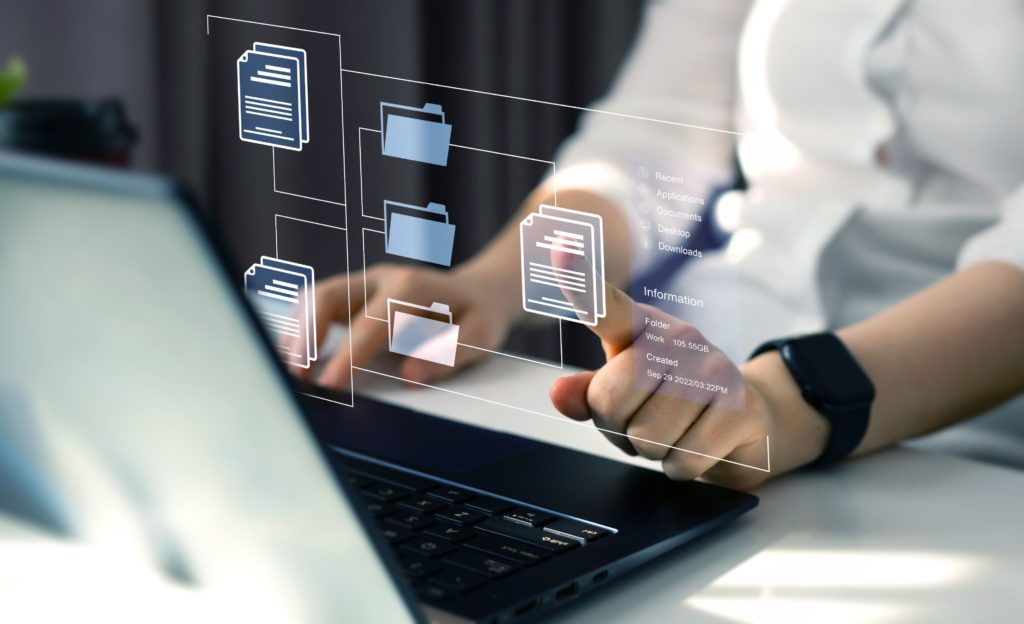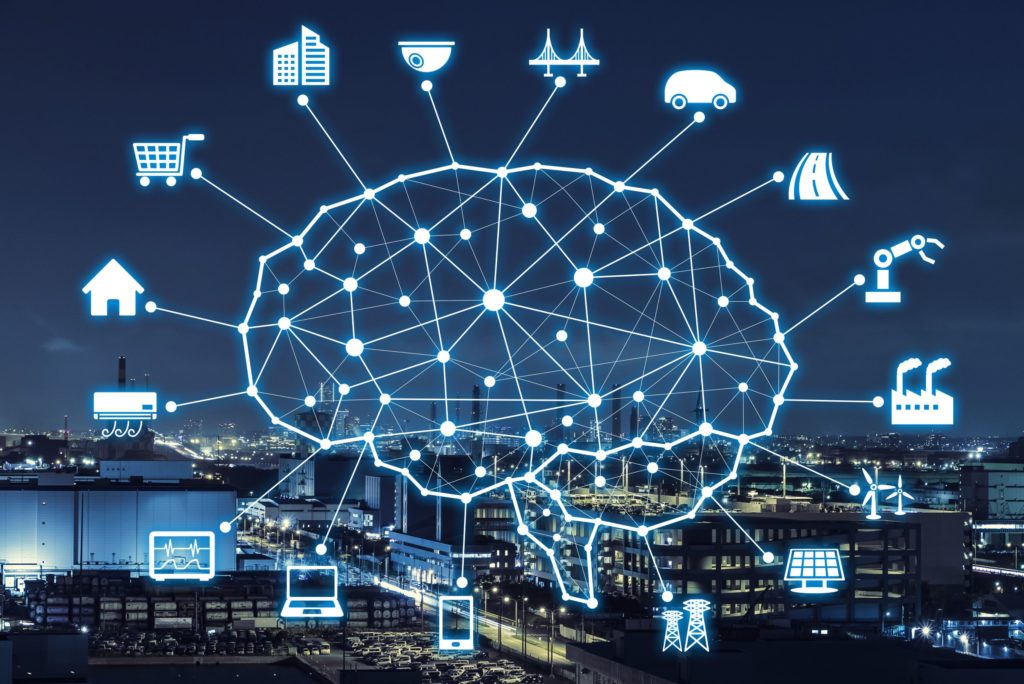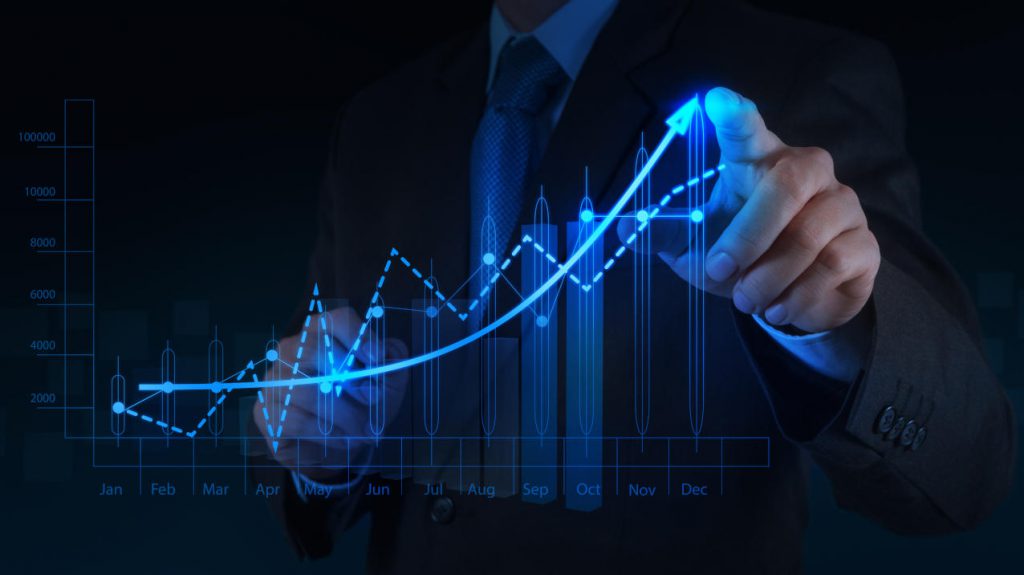Isn’t there an opportunity in every challenge? – Part 6 – RPA
Dealing with the uncertainty of “the new normal”
Many people talk about “the new normal”, but nobody really knows what it will look like. The increased volatility and financial risk will remain with us for a while; however, Robotic Process Automation (RPA) could well be a solution to help address this current uncertainty. RPA drives down costs, is adaptable to changing circumstances, reduces cycle time and increases quality. And, at the same time, RPA could be a suitable way to kick start your digital transformation journey.
Robotic Process Automation (RPA)
RPA uses digital robots (or bots) to automate mundane and repetitive tasks and processes in the workplace. A bot is a piece of software, programmed to do specific tasks on a computer. It is taught a workflow – and it can do more or less anything as long as the workflow can be defined. The bots mimic human behaviour and work well in a rule-based environment, preferably with structured data.
RPA and the operating model
In Part 5 we discussed the PMS operating model, which is supported by IT systems through the automated execution of business processes and which provides reporting functionality. In every performance improvement programme we conduct, we find that the operating model is not well-aligned with the vision and that people don’t have the information they need to do a good job. We know that the minimum requirement is decent reporting. To get this, people end up collecting bits and pieces of information from the various non-integrated IT legacy systems. Integration is costly and time consuming, so it is never done.
As a consequence, business effectiveness breaks down: employees carry out highly repetitive, boring, and transactional activities; companies handle high-volume, unstructured data in silos; data is underutilised for reporting, analysis and continuous improvement; and customers often face a fractured experience in contacting businesses. In short, high operating costs and low performance.
RPA addresses these issues fast, reliably and at a low cost. And on top of that, the programming of the bots can be easily adapted if circumstances and functionally requirements change. The bots are flexible, scaling up and down with demand.
RPA – a gateway to artificial intelligence (AI)
As RPA is IT-system agnostic it can interact with any technology platform. The bots can collect and process data from various cognitive technologies such as machine learning and computer vision – indeed, Optical Character Recognition (OCR) is a broadly applied technology.
We don’t see RPA having a long-term future on its own, but we do see it as a crucial piece in the puzzle of a true digital operating model that includes artificial intelligence. Dealing with the consequences of the coronavirus pandemic is, as we see it, a great time to kick start your digital transformation journey.



